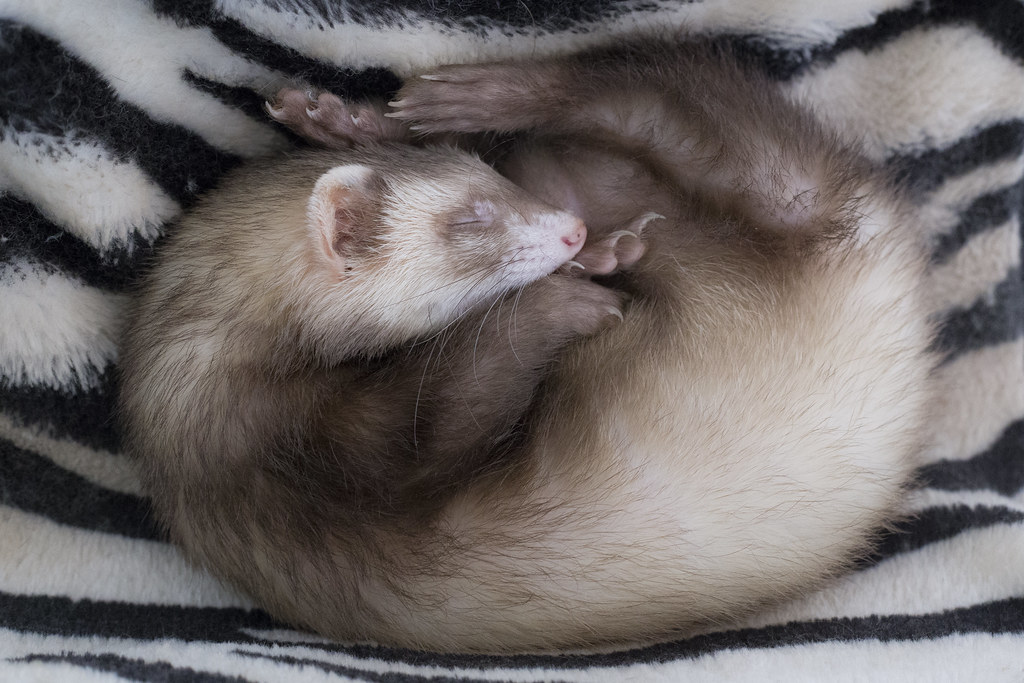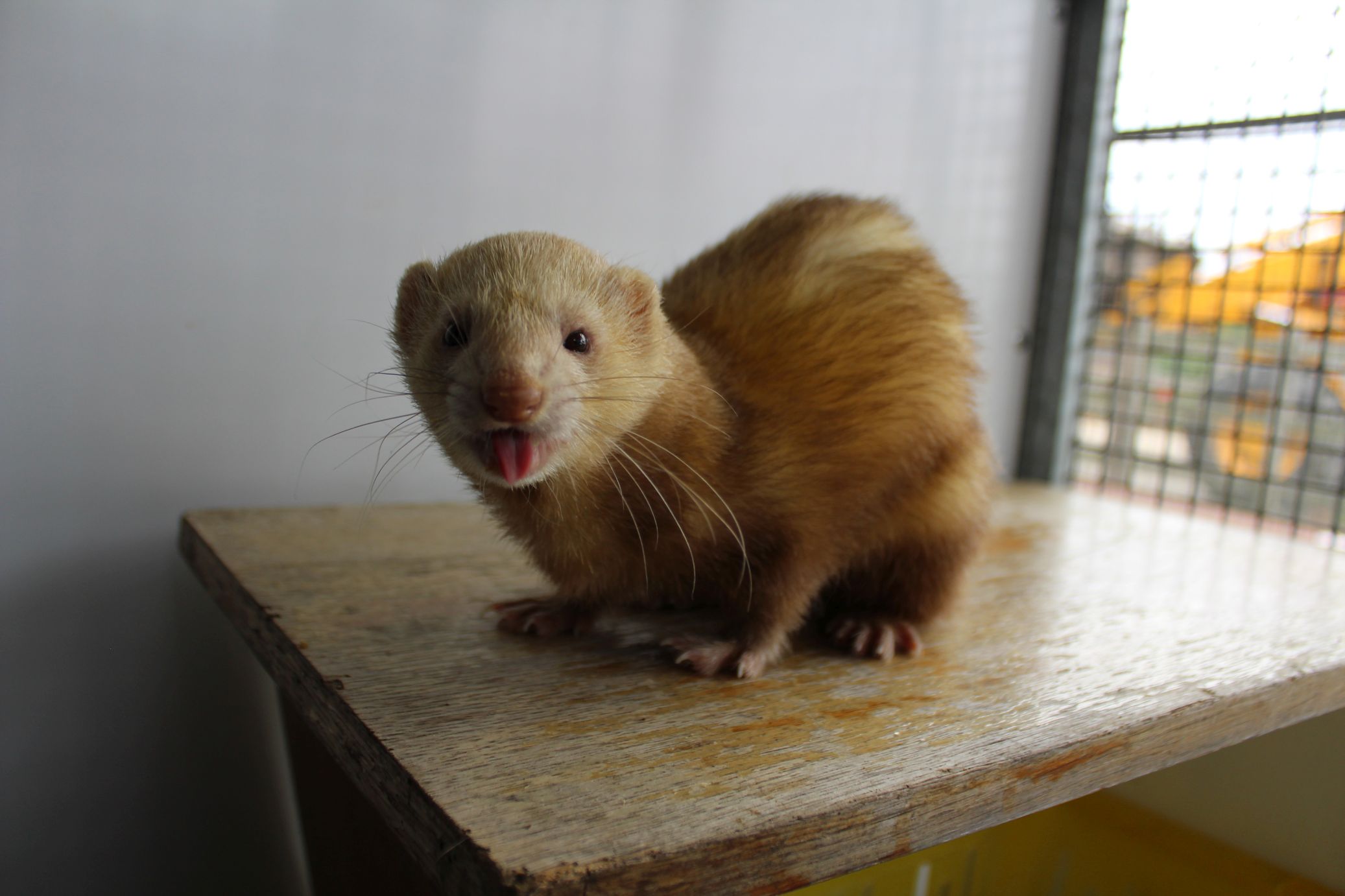The first thing to keep in mind when adopting a ferret is that it is a pet. It is a member of the badger, weasel and otter family. Ferrets are very jovial and playful animals. They tend to do very well as pets. Even in the United States, they are the third most adopted pet; second only to the dog and cat.
The ferret, besides being friendly, is also very curious. It is therefore necessary to be very careful with it when it is free in the house, in order to avoid causing it trouble. This animal sleeps as much as a cat, about 18 hours a day. It is characterized by its cleanliness and can learn to relieve itself in a litter box.
In the first part of our article, we’ve look at the proper food that we should give to our ferrets and if you haven’t check it out yet, you can do it here. Today, we will give you more tips about the appropriate environment for your little pet. Enjoy!
Ferrets are curious by nature and can get into very small spaces. Therefore, it is important to “secure” the ferret before bringing it into your home. Carefully inspect all rooms in which the ferret will be staying. Plug all holes and openings larger than 2.5 cm in diameter. Make sure the ferret cannot get out through open windows. You can, for example, install window screens. Check openings around pipes, fixtures, etc. Some ferrets are small enough to fit under doors.
Ferrets are so small and quiet that you usually don’t hear them approaching. They are easy to step on when they are sleeping under rugs or suddenly appear under your foot. Their penchant for tunnels and their inherent curiosity often put ferrets in dangerous situations. Ferrets can, for example, sneak unnoticed into refrigerators, ovens, through balcony railings, through the front door. It can even end up in the washing machine with the clothes under which it has been lying and sleeping. Other dangers are sofa beds and armchairs containing feathers. The easiest way to avoid problems is to teach your ferret good habits. And to be constantly attentive.
A Cage
To reduce the risk of injury, your ferret should have a large cage to live in when you’re not home to care for it. The cage should have plenty of room to move around, a sleeping area and toys to keep it occupied.
A Sleeping Space

A sheltered corner where your ferret can sleep is essential. Otherwise, it may become frustrated and incessantly try to dig a den. A sleeping corner can be made as simple as a towel or T-shirt, a cardboard or wooden box with a hole in the side, the sleeve of a sweatshirt, etc. Some ferrets like to chew on and eat towels or fabric. In this case, use a box of some kind as a sleeping surface. This will reduce the risk of your ferret suffering constipation in the intestines from eating cloth. Feeding on cloth is a common behaviour in young ferrets. It usually stops around 1 year of age. It can also be seen occasionally when the ferret does not always have access to food.
Safe Toys for Ferrets
Safe toys for your ferret are nylon legs, ping-pong and golf balls, small cans, paper bags, cardboard poster tubes. Very hard plastic toys are also fine. Most fabric toys are also suitable. However, check carefully during the first week that your pet does not chew off parts of the toy.
You now have all the necessary tips to take proper care of your ferret. What is your funniest experience with your ferret? Share it with us in the comments below.
